I talked in my last article about the bedrock principle behind what Reel World Theology does: figuring out the core of a story, and pointing out the resonance (or the dissonance) with God’s story. But what is the core of a story? How do you find that core? Entire graduate-level courses at film school are dedicated to this simple question, but I’m about to boil it down into one easy trick (film professors HATE him).
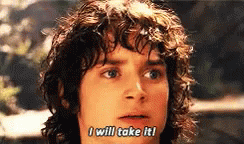 Sure, you could look at character archetypes, or psychoanalyze character motivations, or parse out the individual beats of the film’s script, but I know an easier way. I can express it in eight words. Ready?
Sure, you could look at character archetypes, or psychoanalyze character motivations, or parse out the individual beats of the film’s script, but I know an easier way. I can express it in eight words. Ready?
…Are you sure? You’ll probably never be able to watch movies the same way again. If you’re okay with the film-watching experience being ruined for you forever, here’s the eight-word question:
What happens in the middle of the story?
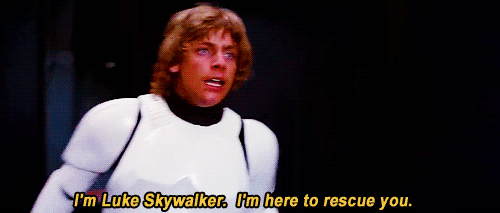 A film midpoint is actually a fairly recent development; it’s only really been around since the 1970s or so. Before then, movies would proceed from Act I into Act II and conclude with Act III, with major plot points separating the three acts and punctuating the finale. But with the rise of the “movie brats” in the 70s—Steven Spielberg, George Lucas, Brian de Palma, Francis Ford Coppola, and Martin Scorsese—came a new, more attention-grabbing story structure. Now, instead of just a simple second act with a single arc, Act II would feature a midpoint, dividing the act and indeed the film itself in half.
A film midpoint is actually a fairly recent development; it’s only really been around since the 1970s or so. Before then, movies would proceed from Act I into Act II and conclude with Act III, with major plot points separating the three acts and punctuating the finale. But with the rise of the “movie brats” in the 70s—Steven Spielberg, George Lucas, Brian de Palma, Francis Ford Coppola, and Martin Scorsese—came a new, more attention-grabbing story structure. Now, instead of just a simple second act with a single arc, Act II would feature a midpoint, dividing the act and indeed the film itself in half.
In some particularly well-constructed films, this story beat happens exactly 45 minutes into a 90-minute film. The midpoint is usually something of a reversal in fortunes: if things are going well in the first half of the film, by the second half they start to go much worse. If things are going badly, maybe they’ll start looking up (at least for a little while). But, crucially, halfway through the movie is when the protagonist has to make a character-defining decision.
 In an epic, this can be a supremely heroic decision: think about Frodo pledging to take the Ring to Mordor at the midpoint of The Fellowship of the Ring, or Luke Skywalker deciding to rescue Princess Leia in the middle of Star Wars. In both cases, the decision they make will turn their journey from generally successful and under control into a flight for their lives from enemies at every turn.
In an epic, this can be a supremely heroic decision: think about Frodo pledging to take the Ring to Mordor at the midpoint of The Fellowship of the Ring, or Luke Skywalker deciding to rescue Princess Leia in the middle of Star Wars. In both cases, the decision they make will turn their journey from generally successful and under control into a flight for their lives from enemies at every turn.
But it can also be a moment of desperation: the Jamaican Olympic bobsled team in Cool Runnings meets the smug, antagonistic East German team and have to decide whether or not to persevere. In Knives Out, Thrombey’s will is read, immediately casting suspicion on the previously squeaky-clean Marta, who must now decide who she can trust and whether to respond with the same vitriol that the Thrombey family now heaps upon her.
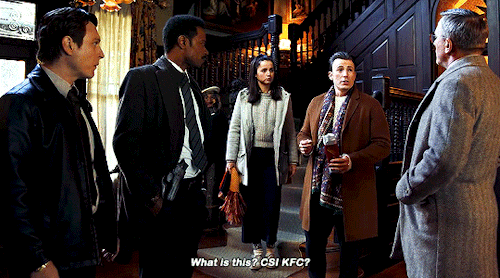 And sometimes the decision isn’t much of a choice at all: Doc and Marty can’t really do anything but try and restore the timeline when they return to the Biff-overrun 1985-A in Back to the Future Part 2, and nobody can do anything at all while Aquarius rounds the far side of the moon in Apollo 13. But even these non-decision decisions are bound up in the character of the protagonists: Doc and Marty have desperately wanted to set the world right since the 1955 version of Doc dramatically promised to send Marty “back…to the future!” in the first film, and the Apollo 13 astronauts are, if nothing else, profoundly driven and decisive men who are forced to deal with the consequences of those decisions.
And sometimes the decision isn’t much of a choice at all: Doc and Marty can’t really do anything but try and restore the timeline when they return to the Biff-overrun 1985-A in Back to the Future Part 2, and nobody can do anything at all while Aquarius rounds the far side of the moon in Apollo 13. But even these non-decision decisions are bound up in the character of the protagonists: Doc and Marty have desperately wanted to set the world right since the 1955 version of Doc dramatically promised to send Marty “back…to the future!” in the first film, and the Apollo 13 astronauts are, if nothing else, profoundly driven and decisive men who are forced to deal with the consequences of those decisions.
“Okay,” you might be saying. “That tells me about a cool character moment, but how is it ‘what the movie is about?’” Good question.
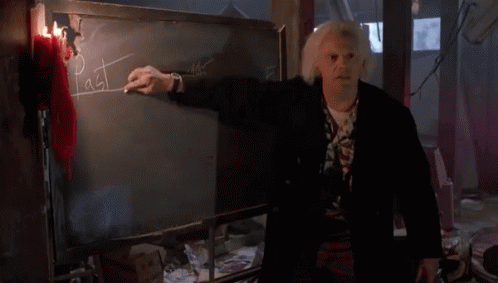 A movie is really all about what the characters do; they drive the plot, they make the choices, they drive the theme. The Fellowship of the Ring uses Frodo’s decisiveness at the Council of Elrond to tell a story about how the powerful don’t hold all the strength, and sometimes the smallest people make the biggest decisions. Knives Out uses Marta’s guileless gentleness to tell a story about winning through kindness, not cruelty. And Apollo 13 uses the astronauts’ driven focus to talk about missed opportunities, as beautifully personified by Tom Hanks’ Jim Lovell as he looks longingly at the surface of a moon he will never walk on.
A movie is really all about what the characters do; they drive the plot, they make the choices, they drive the theme. The Fellowship of the Ring uses Frodo’s decisiveness at the Council of Elrond to tell a story about how the powerful don’t hold all the strength, and sometimes the smallest people make the biggest decisions. Knives Out uses Marta’s guileless gentleness to tell a story about winning through kindness, not cruelty. And Apollo 13 uses the astronauts’ driven focus to talk about missed opportunities, as beautifully personified by Tom Hanks’ Jim Lovell as he looks longingly at the surface of a moon he will never walk on.
Of course, very few movies are about just one thing. Star Wars is also about the necessity of standing up against evil, even when it doesn’t affect you directly; Cool Runnings is also about the redemption of a terrible mistake; and Back to the Future Part 2 is also about making your own future in a deterministic universe, among many other themes. But the core of each film is expressed, decided, and executed upon at the film’s midpoint.
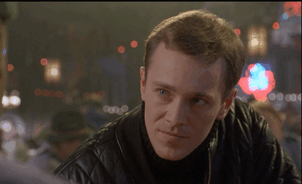 And TV shows get to double-dip: a single episode will often have a big moment about halfway through, but arc-based shows tend to have a season midpoint as well. Remember what happened at the end of Loki, season 1, episode 3?
And TV shows get to double-dip: a single episode will often have a big moment about halfway through, but arc-based shows tend to have a season midpoint as well. Remember what happened at the end of Loki, season 1, episode 3?
In coming weeks, we’ll talk about connecting these big moments and themes to God’s story. But for now, as you watch the truly monumental slate of films and TV shows coming out this fall, keep an eye on the clock or the timeline at the bottom of the screen; and when it’s right in the middle, get ready to enjoy your newly-ruined film experience.
Happy watching!
How to Ruin a Movie in 45 Minutes
Previous articleThe MCU is Trying to Kill Reel World Theology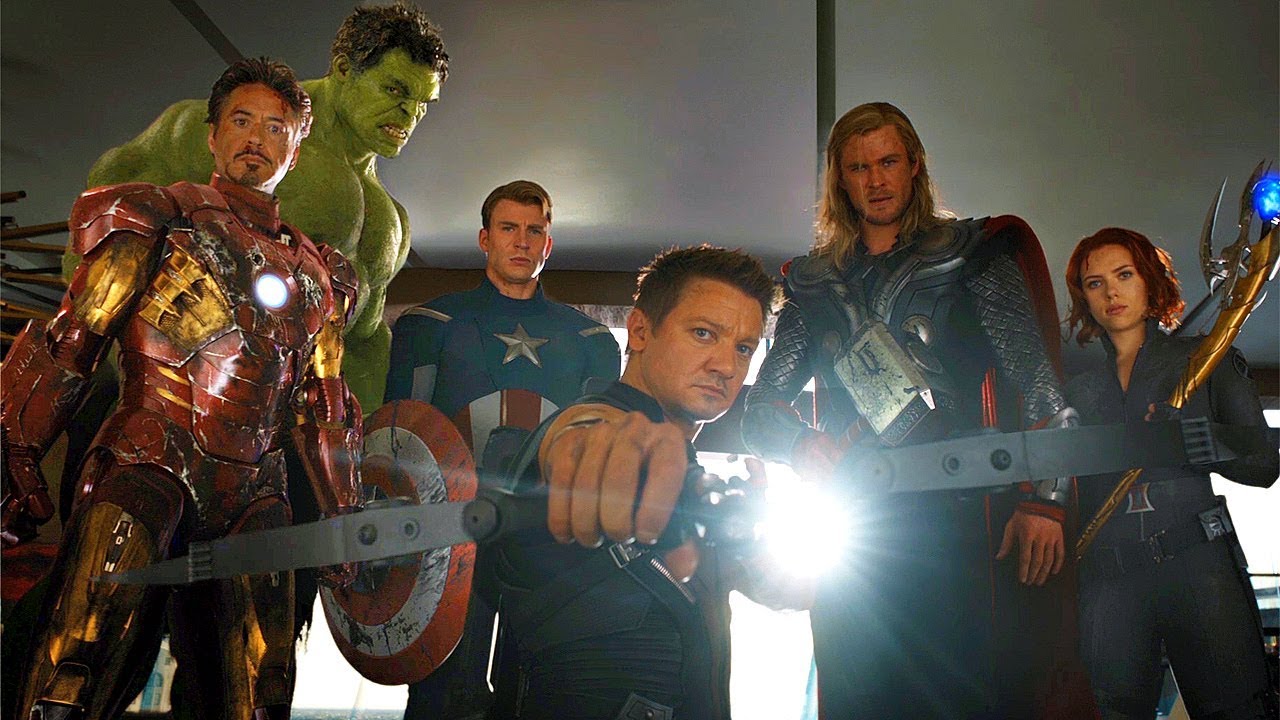 Next article Editorial: My Part in The Rise and Fall of Mars Hill
Next article Editorial: My Part in The Rise and Fall of Mars Hill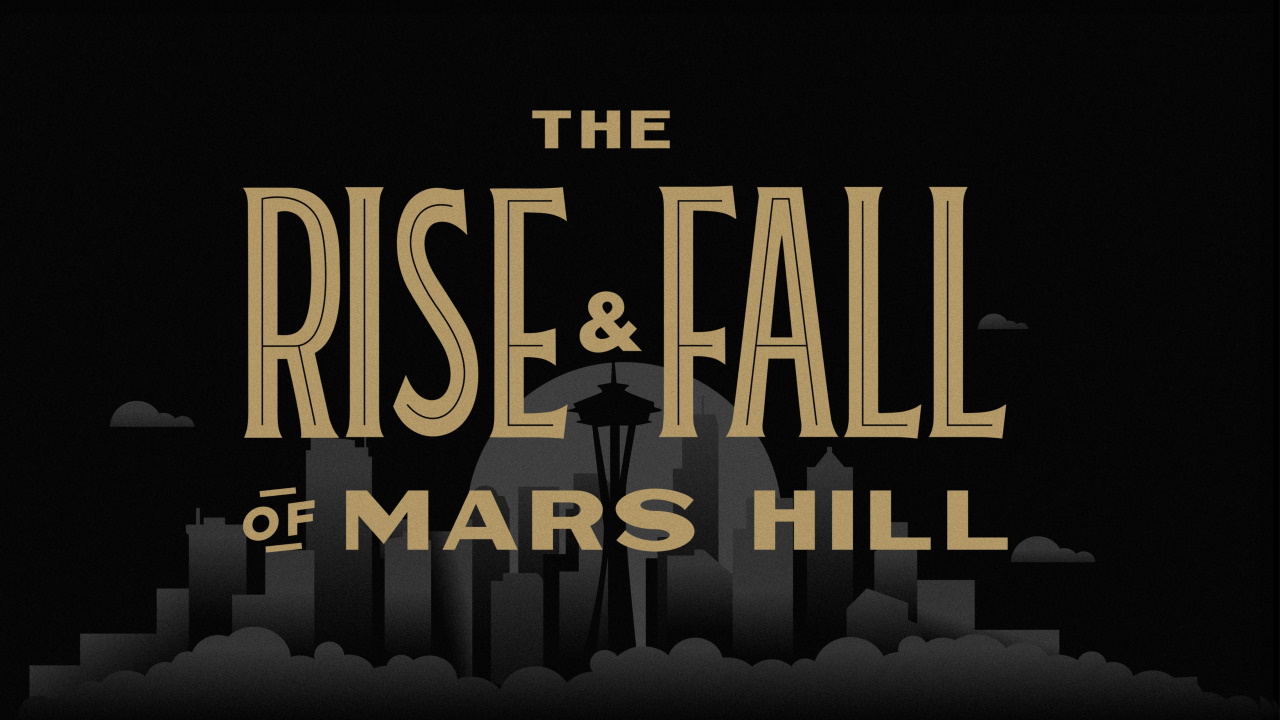
 Next article Editorial: My Part in The Rise and Fall of Mars Hill
Next article Editorial: My Part in The Rise and Fall of Mars Hill
